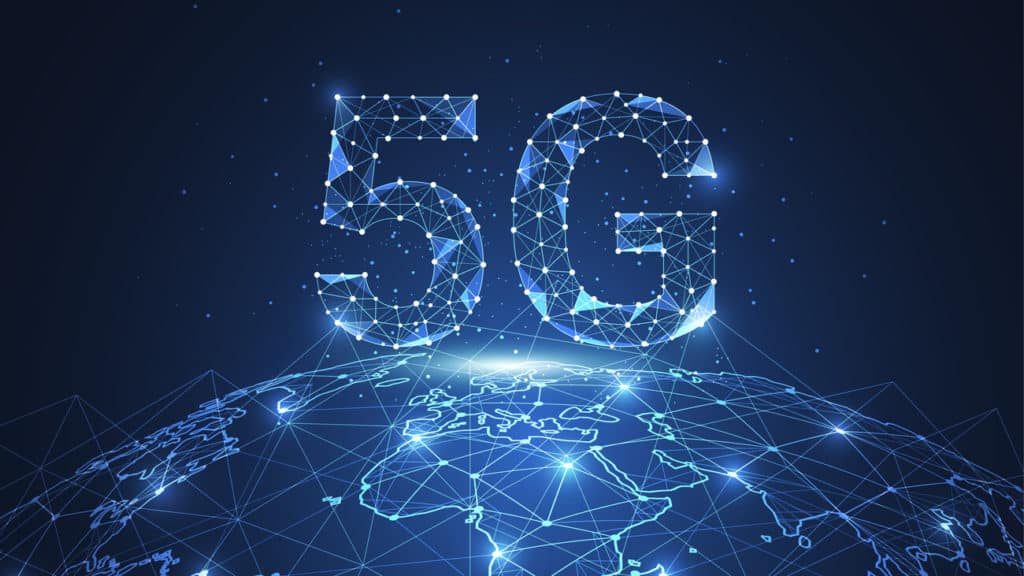Convergence is More Than a Buzzword

Omnipresent fiber optics
In recent years, we have seen how wireless and wired networks are converging. The connecting medium is fiber optics. 5G and FTTx will continue to merge. There can be no 5G without an appropriate fiber optic backhaul.
At the same time, small cells can be used to eliminate bottlenecks in a network. In this way, convergence helps to make the most of system resources. The return on investment is improving.
Convergence happens when 5G and FTTH use the network infrastructures together. Both are dependent on the availability of fiber optics and a large number of fiber optic connection points.

Economic benefits
The economic advantage of convergence here is enormous. A study conducted by the FTTH Council Europe in 2019 shows that it is worth planning sufficient capacities for FTT5G (Fiber to 5G Antenna/Base Station) in the planning and expansion of an FTTH network. Possible cost savings: 65 % to 96 %.
Other trends are driving the demand for nationwide fiber optic infrastructures. For example:
- Augmented Reality
- Hybrid data centers
- Remote working
- Smart building, IoT
- Smart city, smart traffic
- Smart metering, saving energy
- Production of renewable energies
- Tele medicine
In all examples, convergence can lead to the shared and efficient use of (virtualized) resources – across individual applications. It makes it possible to make optimum use of system intelligence.
Higher availability and reliability are ensured by standard technology and ubiquitous fiber optic infrastructure. They make quick implementations easier. They offer enormous efficiency gains from both a technical and a business perspective.
However, convergence also means that we must stop thinking in separate networks. You can read more about the prerequisites and consequences to be discussed in my article «Holistic Fiber» in the R&M specialist magazine CONNECTIONS no. 63.

Understanding of networks
R&M supports convergence and brings with it a profound understanding of the needs of the networks. The R&M solutions make it possible to design, build, test, and implement every functionality on the basis of fiber optics with a single set of products and tools.

